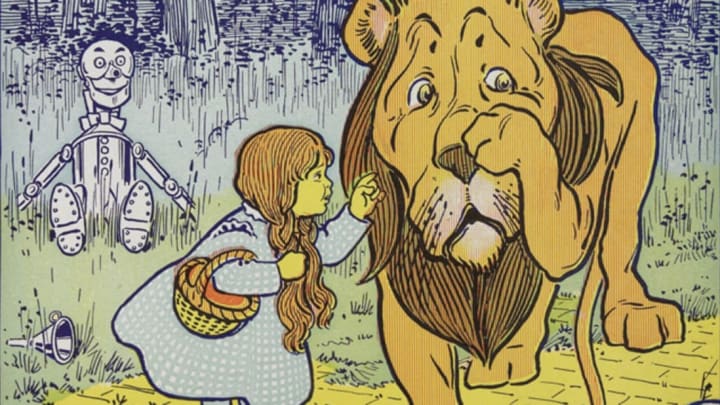Published in 1900, L. Frank Baum’s The Wonderful Wizard of Oz tells the story of a young girl who finds herself in a magical world filled with fantastic characters. At least that’s what most young readers take away from the novel. In 1963, a high school history teacher named Henry Littlefield suggested that Baum’s book is more than just an innocent fairytale.
His story is laid out in the video from TED-Ed below.
According to his theory, The Wonderful Wizard of Oz is a political satire alluding to the economic climate of late 19th century America. Littlefield said the story makes specific nods to the Gilded Age, a time when farmers were pushing for silver to be recognized as part of the gold standard so that more money would be available for them to borrow. In the book, the yellow brick road allegedly stands in for gold. Dorothy wears her silver slippers on the path while journeying toward the Emerald City, which represents prosperity. (This symbolism is lost on anyone who watches the 1939 movie; the original silver slippers were swapped for ruby ones because red looked better on film.)
That's not the only turn-of-the-century political message attached to the world of Oz. The scarecrow has been painted as an allegory for American farmers, the Tin Man as a symbol industrial workers, and the Cowardly Lion as a stand-in for the Gilded Age populist politician William Jennings Bryan. Unfortunately, L. Frank Baum died decades before Littlefield’s theory gained popularity, so he can neither confirm nor deny its validity. But we do know that when he was alive, Baum never presented The Wonderful Wizard of Oz as anything more than a children’s story.
[h/t TED-Ed]
